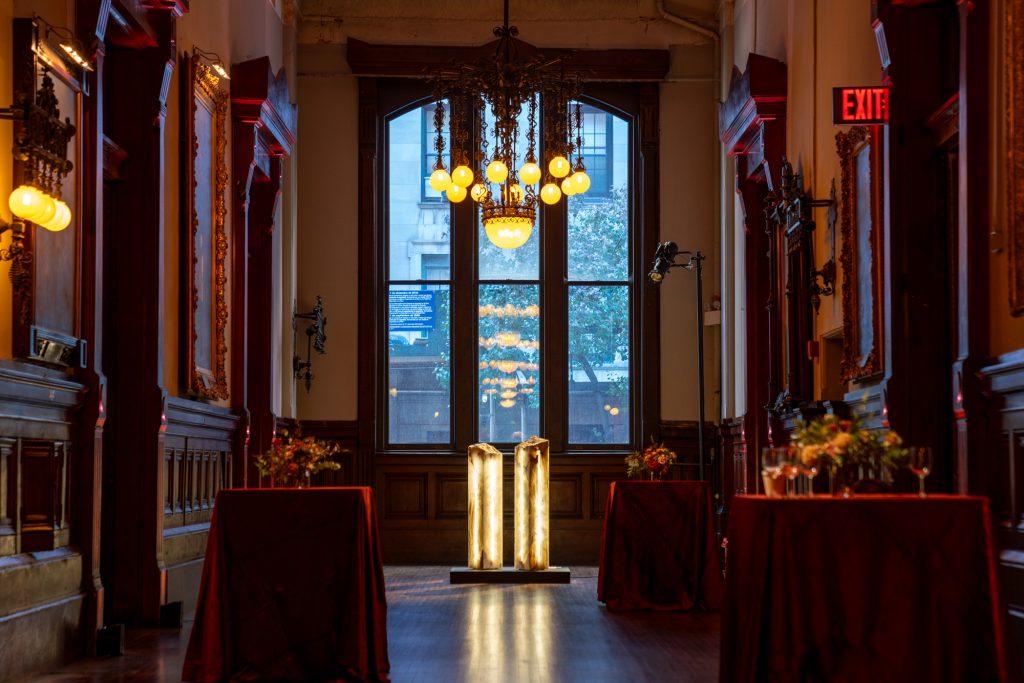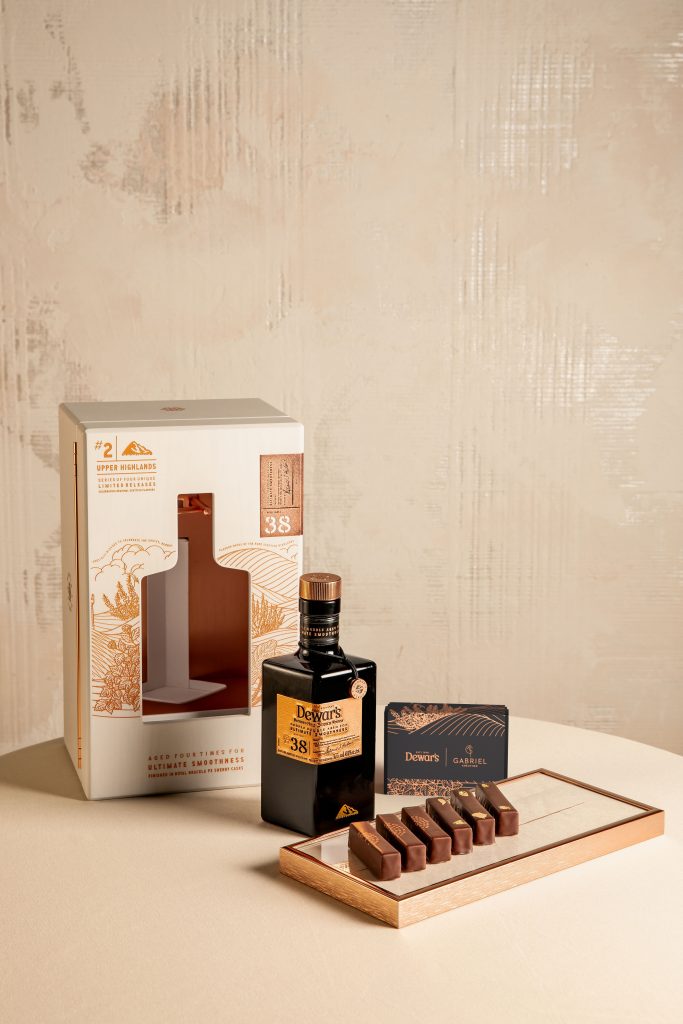Ardbeg Whisky Distillery
We visit the wild island of Islay to discover what makes Scotland’s peatiest single malt so unique
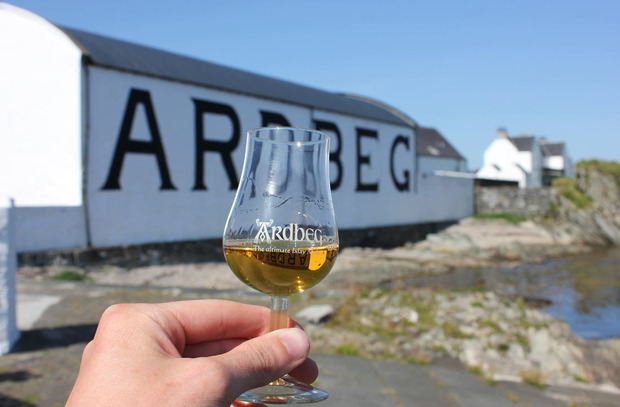
Those familiar with single malts will recognize the tiny, wild island of Islay as the birthplace of Scotland’s most heavily peated whiskies. Once home to over 20 distilleries, Islay (pronounced “eye-lah”) now hosts just eight, but the few remaining are some of the most recognizable names in Scotch whisky—from Laphroaig and Lagavulin to Bowmore and Ardbeg. With a well-documented love for the more mellow side of single malts, we were more than excited when we were recently invited to visit the 198-year-old Ardbeg Distillery. Known as the maker of Scotland’s peatiest single malt whiskeys, Ardbeg sets itself apart from the rest with an intensely complex flavor that’s both smoky and sweet—one that some palates might find intimidating, but others find incomparable.
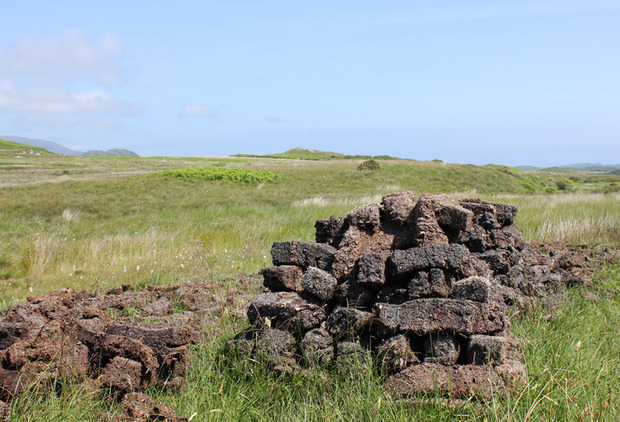
“It’s the style of whisky of Islay,” says Ardbeg Distillery Manager Mickey Heads in regards to the use of peat. “Every whisky has a sort of signature, and that’s what the Ardbeg signature is.” Historically speaking, peat—an organic material made of decomposed plant matter and found in soil—was the only fuel source on Islay for centuries, meaning it was used to heat homes, cook food and, of course, in the making of whisky. While other distilleries have toned down the smoky flavors peat lends in search of a broader audience, Ardbeg has embraced it. “For us it is the difference. Because the way we distill we have to have that heavy peated malt,” continues Heads, who started his career as a peat harvester at Laphroaig Distillery located just a few short miles from Ardbeg. “The peat is quite important to give you that base flavor, to get that phenol level and to get the sweetness, the complexity and the levels of smokiness in the whisky at the end. It gives you that character.”
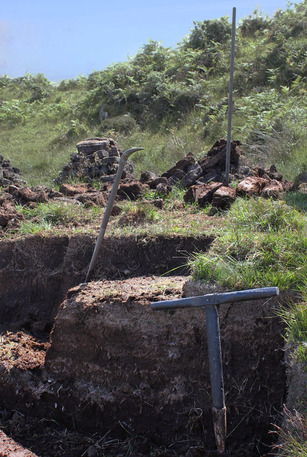

But how does the peat actually help create the signature flavor? Once cut (dug up from about two feet deep in the ground) and dried—a process that can take seven to eight weeks during an arid summer—the plant matter is then burned under a bed of malted barley to share its unique flavor. During this process, Ardbeg’s distinct flavor is developed, as the thick peat smoke bonds with the barley husk. Different parts of the island (and Scotland) yield very different peat compositions. Peat harvested near the sea on Islay may be salty and rich in decomposed sea life like seaweed, whereas peat harvested from the mountains or on the mainland may be more woody. These micro-ingredients hold the key to each distillery’s signature flavor. In an effort to achieve consistency, Ardbeg has, in recent years, begun sourcing their malted barley from a nearby malter in Port Ellen, which coincidently supplies barley to seven of Islay’s eight working distilleries.
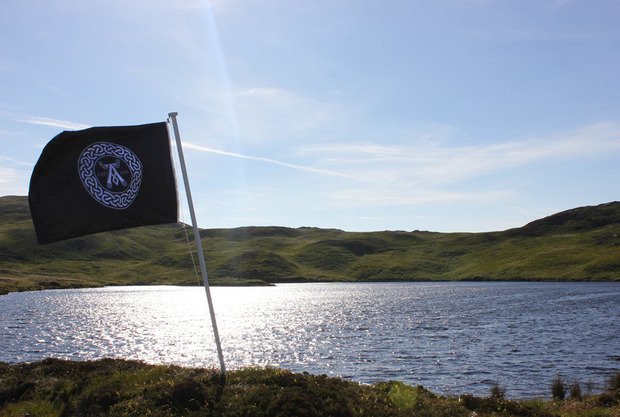
While peat may be the most important factor in producing Ardbeg’s distinguishable taste, the historic distillery’s water makes the entire process a reality on a daily basis. Overlooking the distillery near Islay’s highest point is Loch Uigeadail, Ardbeg’s sole water source. The pristine, elevated lake trickles downhill through countless peat bogs to deliver Ardbeg a never-ending water supply. No other distillery on the island has a single source, so at any point the other distilleries could experience a production-stopping drought.
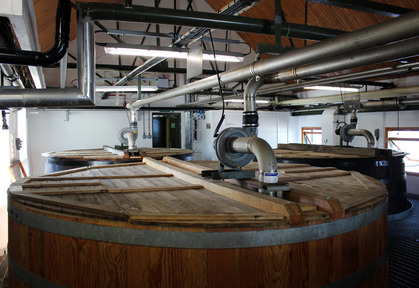
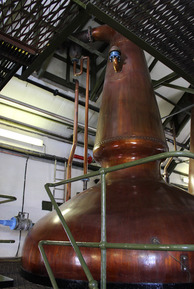
All distilleries have uniquely shaped wash stills, as the height and overall shape impacts the spirit’s flavor profile. However, Ardbeg’s stills feature a purifier at the top, which recirculates vapor back into the basin. Ardbeg is the only distillery on Islay to use this technique, and Heads and his team feel the recycled vapor helps develop and accentuate the spirit’s sweeter notes. In addition to the peat and distillation process, it’s no surprise to learn Ardbeg relies heavily on the high quality wood used in their sherry and bourbon casks. “For me the distillery contributes about 50% of the flavor, and the cask will do the rest,” says Heads. This combination lies in “trying to get the two to balance—trying to get the cask and the spirit to marry, if you like. Also using the different types of oak wood [European and American] gives you a lot of different characters as well.”
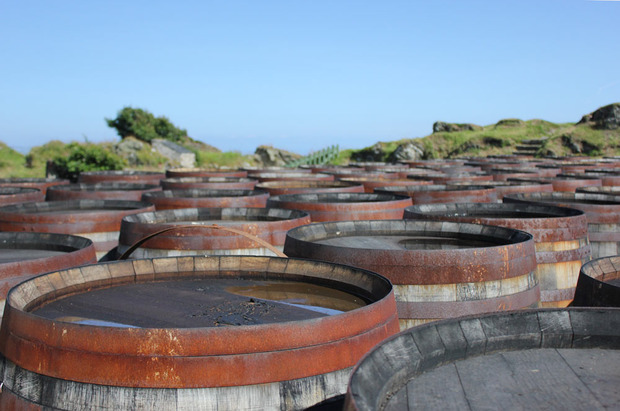
Opened in 1815, the Ardbeg Distillery has changed hands many times in recent history, which unfortunately caused a handful of shutdowns and startups in the 1980s—leaving considerable gaps in production—before being acquired by Glenmorangie in 1997. Partly because of this, and the distillery’s many unique characteristics, Ardbeg is of the opinion that quality isn’t always driven by age alone. And after a rigorous few days of insightful tours and tastings, in this case we tend to agree.
For a closer look at the historic Ardbeg distillery on Islay, see the slideshow.
Images by Graham Hiemstra



















